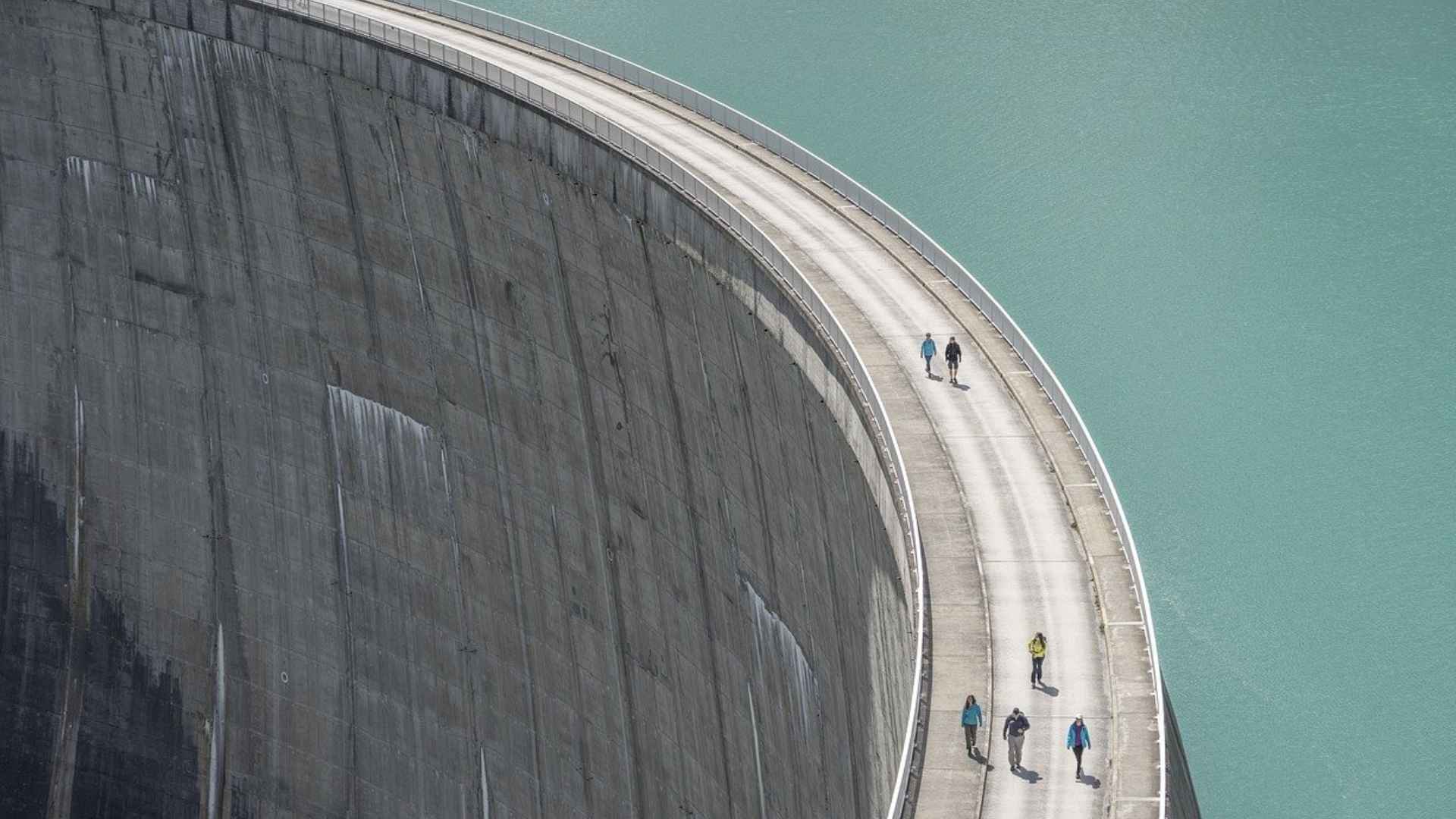The $170‑billion Yarlung Zangbo cascade, billed as the world’s largest hydropower project, is expected to churn out enough electricity to match Britain’s yearly consumption and has already pushed Chinese stocks and bond yields higher.
China has begun building a five‑station dam complex on the eastern rim of the Tibetan Plateau that will generate an estimated 300 billion kWh each year. Officials say the scheme—China’s most ambitious since the Three Gorges—will satisfy surging power demand and bolster economic growth, yet critics worry about environmental and geopolitical fallout for millions downstream in India and Bangladesh.
How the Yarlung Zangbo project signals a fresh wave of Chinese economic stimulus
Premier Li Qiang hailed the venture as a “project of the century,” arguing that large‑scale public investment can revive flagging construction activity. Traders seem to agree: on Monday, benchmark 30‑year treasury futures fell to five‑week lows while infrastructure shares jumped.
“Mature hydropower assets throw off bond‑like dividends,” noted Wang Zhuo of Shanghai Zhuozhu Investment Management, although he cautioned against speculative froth. Before we dive deeper, here’s a snapshot of the basics:
| Key metric | Figure |
|---|---|
| Estimated investment | $170 billion |
| Annual generating capacity | 300 billion kWh |
| Number of cascade stations | 5 |
| Expected start of operations | Early‑to‑mid 2030s |
Those numbers are eye‑watering, right? Yet they only hint at the project’s broader reach.
Environmental groups fear downstream impacts along Brahmaputra despite official assurances
Beijing insists that careful water management will prevent major disruptions, but NGOs remain unconvinced. They argue the dam sits in a seismically active zone and could irreversibly alter one of the plateau’s most diverse ecosystems. India’s Arunachal Pradesh chief minister has warned that as much as 80 percent of local river flow could dry up. Will the benefits really outweigh the risks?
Main worries raised by critics include:
- Reduced river flow to farming regions in India and Bangladesh
- Habitat loss across an already fragile alpine corridor
- Heightened flood risk should extreme releases or quakes damage the structure
Chinese planners counter that advanced spillway design and staged reservoir filling will safeguard downstream communities. Nevertheless, the debate is far from settled.
Investors eye construction boom as new dam spurs demand for cement and steel
Huatai Securities estimates the venture could inject roughly ¥120 billion ($16.7 billion) into GDP annually during its decade‑long build‑out, lifting orders for cement, civil explosives, and heavy machinery. Curious about job creation? While officials remain silent, analysts point to nearly one million positions spawned by the earlier Three Gorges project as a possible benchmark.
China’s dash to harness the Yarlung Zangbo’s 2,000‑meter drop may set records for capacity and cost, but it also tests regional diplomacy and green credentials. As construction ramps up, expect markets to track procurement contracts, neighbors to demand fresh impact studies, and environmentalists to keep asking the hard questions.

